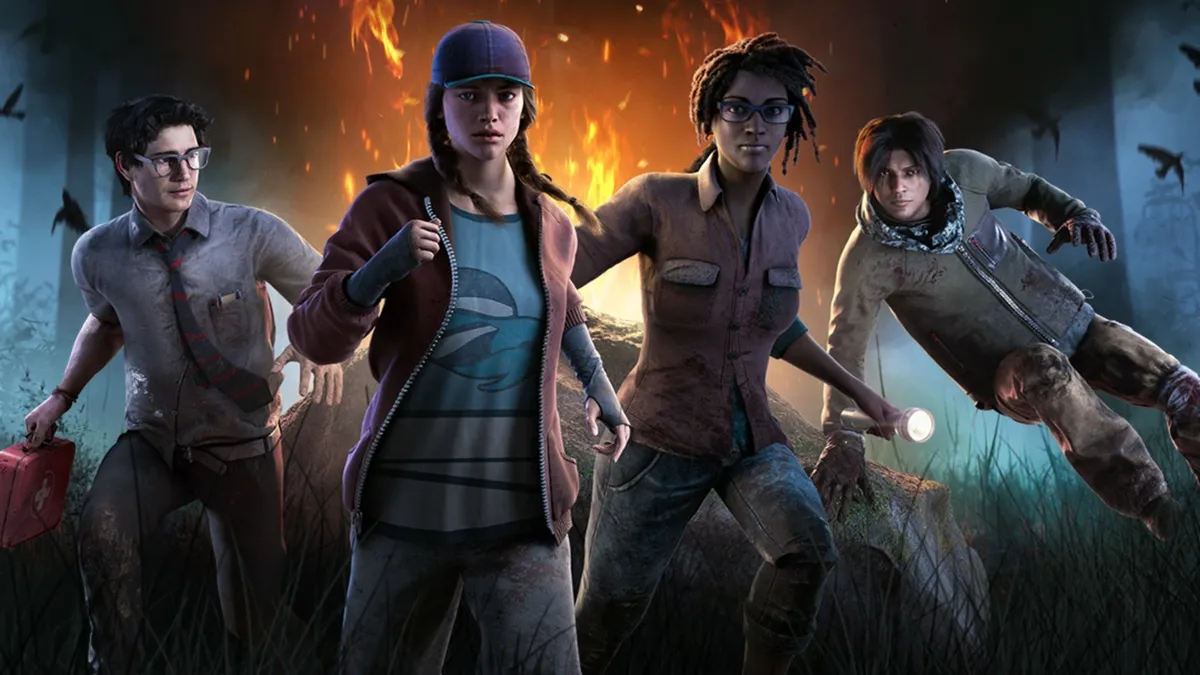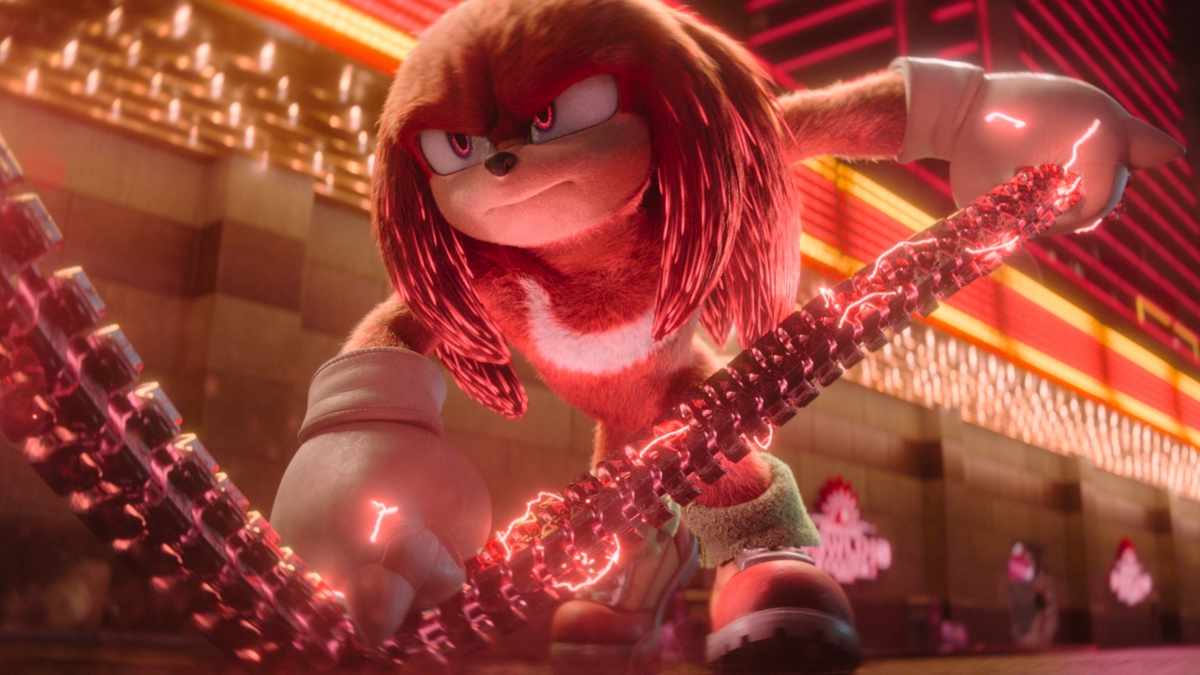
If Resogun isn’t the PlayStation 4’s killer app, it is unquestionably, to my mind, the single best reason to own the latest gaming console. Resogun may hail from a familiar genre – the side-scrolling twin-stick shooter – but with graphics that are literally jaw-dropping in their speed, clarity, and complexity, it could never have existed on previous-gen hardware. More than any other launch title, Resogun proves the power of the PS4, while also providing the most astoundingly fun and addictive gameplay experience that the new console has to offer.
Foundationally, Resogun is simple. Each of the game’s five stages has the player piloting a ship around circular levels, fighting waves upon waves of robotic enemies. You steer with the left stick, and shoot with the right, but there a few crucial extra abilities thrown in for good measure. Boosting allows for a quick burst of speed, Overdrive replaces your normal fighter turrets with a massive energy cannon capable of wiping out many more enemies in much less time, and Bomb, my personal favorite, wipes out every enemy currently on the map, providing a brief reprieve when things get too chaotic (though chaos, it could be argued, is pretty much the game’s status quo).
Effectively using this limited set of abilities – which is augmented by the differences between one of three ships players choose from at the start – requires a great deal of strategy. Resogun is no mere shoot ‘em up, and this is solidified by the game’s single most compelling mechanic: On each level, ten ‘humans’ have been captured by the sentient enemies, and by wiping out select enemies when they appear, those humans can be freed, picked up, and returned to a safe location via one of two gravity lifts. This ensures that playing Resogun is never a directionless experience, for in addition to navigating hundreds upon hundreds of enemies, you also have to effectively think about your movements, timing every motion and action to make sure you can rescue the humans. Levels can be completed without saving the humans – if you don’t care about score at all, you could ignore them wholesale – and while that would be a slightly less stressful experience, it would be significantly less rewarding. For with this system in place, Resogun’s gameplay reveals itself to be remarkably deep, easy to pick up and play, but fiendishly difficult to master, even on the lowest difficulty.
While the game only includes five levels, each is sufficiently varied from one to the next, with different enemy sets and behavior that test the player in increasingly demanding ways. A strategy that works on one level probably won’t cut it on the next, and while experience develops cumulatively, there is no moment, on any level, where you can merely coast to completion. Resogun is constantly challenging the player, constantly forcing them to react quicker and think harder, and while that makes for one of the single most difficult modern games I have ever played – I will admit that, so far, I have only been able to beat the game on the lowest of four difficulty settings – the challenge never feels frustrating or unfair in the slightest. Resogun is the best kind of video game challenge: the one that presents you with a small but focused feature set and lets you develop those skills in levels that have been perfectly tailored to give every last one of those features weight and purpose.

Yet the most striking element of the game is undoubtedly its graphics. Textures and models are sleek and simple, but with incredibly dynamic lighting and positively astonishing particle effects, Resogun is visually overwhelming in the best way possible. The number of assets on screen at any given time is staggering, as dozens upon dozens of bullets constantly fly in every direction, with enemies exploding into hundreds of pieces, respawning, and exploding again. Vibrant, neon particles burst three-dimensionally across the screen in a dazzling digital fireworks display, and when things are at their most heated – or the player dies – the sheer number of individual pieces being blasted around makes for some of the most impressive video game visuals I have ever witnessed. And no matter how visually frantic things get, the game never stutters, running at a smooth, crystal clear 60 frames-per-second no matter what.
Perhaps the most impressive thing about Resogun is that its graphics serve as more than mere eye candy. The non-stop visual density is intrinsically linked to the gameplay, allowing for the experience to be as complex and multi-faceted as it is, and greatly increasing the amount of immersion one feels when playing. You may have played games similar to Resogun before, but you have never played anything quite like this, because putting twin-stick mechanics to use in a context this visually rich makes for an experience that is endlessly stressful, deep, and rewarding.
Not to mention addicting – Resogun is extremely tough to put down, which is good considering the sheer number of times players should expect to die and restart before finishing a level. And though the game is short – again, the content is limited to five stages – I know that addictive quality will at least have me coming back for more. With four difficulty levels and an additional on-line co-op mode to experiment with, Resogun is, like the best of arcade games, bound to be something players revisit often.

The arcade connection is an important one, for one of my favorite aspects of Resogun is its overtly arcade-esque presentation. The main campaign is structured like an arcade game – you start with two lives, and progress from level to level until they’re gone (though once a level is unlocked you can, mercifully, start from there) – and the scoring system is rooted in basic arcade traditions, but it’s the sheer showmanship of the presentation that reminds me most of a good arcade cabinet. Resogun makes the best use of the DualShock 4’s built-in speaker among all launch titles, as an omniscient, robotic voice gives instructions and notifications through the speaker. It sounds gimmicky – and, in part, it is, because gimmicks like this are fun in an arcade setting – but those notifications are also essential to playing the game successfully, given just how many things the player needs to be paying attention to at any given time. And the music, it should be said, is simply wonderful, a stirring techno-beat that plays in perfect time with the action.
I have played a good chunk of the PS4’s launch line-up so far, and there is no doubt in my mind that, at least among exclusives, Resogun is the best the system currently has to offer. There may be some competition among third-party titles – I am greatly enjoying Assassin’s Creed IV, for instance – but even then, there is something remarkable about the enormous impact Resogun makes in so seemingly small a package. Recommending the game would be easy no matter what, but since the game is free with PlayStation Plus – and every PS4 console purchase includes a free month of the service – PS4 owners would be extremely foolish not to give this game a try. Resogun is a blast, and perhaps the highest praise I can lend it is that after a few hours of play, I felt my $400 console purchase had been fully vindicated.
This review is based on the PSN exclusive.
Note: All pictures included this review were taken during actual gameplay, using the PlayStation 4’s ‘Share’ button.






